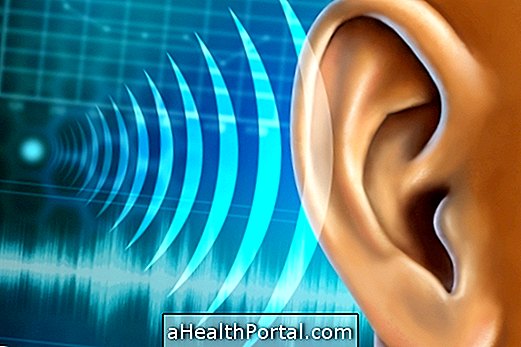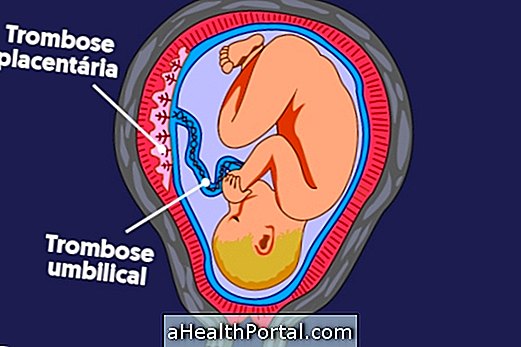Audiometry is an examination that consists of the evaluation of the person's hearing ability in the interpretation of sounds or words, and it is possible to detect auditory changes. There are two main types of tonal and vocal audiometry.
This examination should be performed in a special cabin, isolated from noise, lasts about 30 minutes, does not cause pain and is usually performed by a speech pathologist.

Types of audiometry
There are two main types of audiometry, which are:
1. Tonal audiometry
Tone audiometry is an examination that assesses the person's hearing ability, allowing the determination of their auditory threshold, lower and upper, in a frequency range that varies between 125 and 8000 Hz.
The auditory threshold is the minimum level of sound intensity that is required so that the pure tone can be perceived half the times it is presented for each frequency.
2. Vocal Audiometry
Vocal audiometry assesses the person's ability to understand certain words, to distinguish certain sounds, which are emitted through the headphones, with different sound intensities. In this way, the person must repeat the words spoken by the examiner.
How the exam is performed
The audiometry exam is performed inside a cabin isolated from other noises that may interfere with the examination. The person uses a special headphone and should indicate to the audiologist by raising a hand, for example, when hearing sounds, that can be emitted in different frequencies and alternately for each one of the ears.
This test is painless and lasts approximately half an hour.
How to prepare for the exam
No special preparation is required to take this test. However, in some cases, it may be recommended that the person who intends to perform the audiometry examination should avoid being exposed to loud and constant noises about 14 hours earlier.























